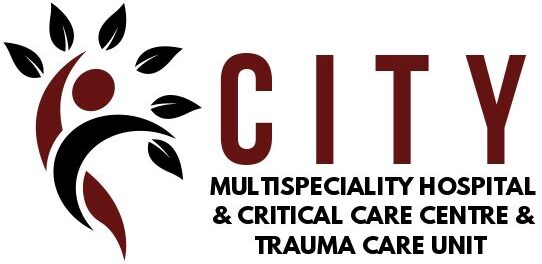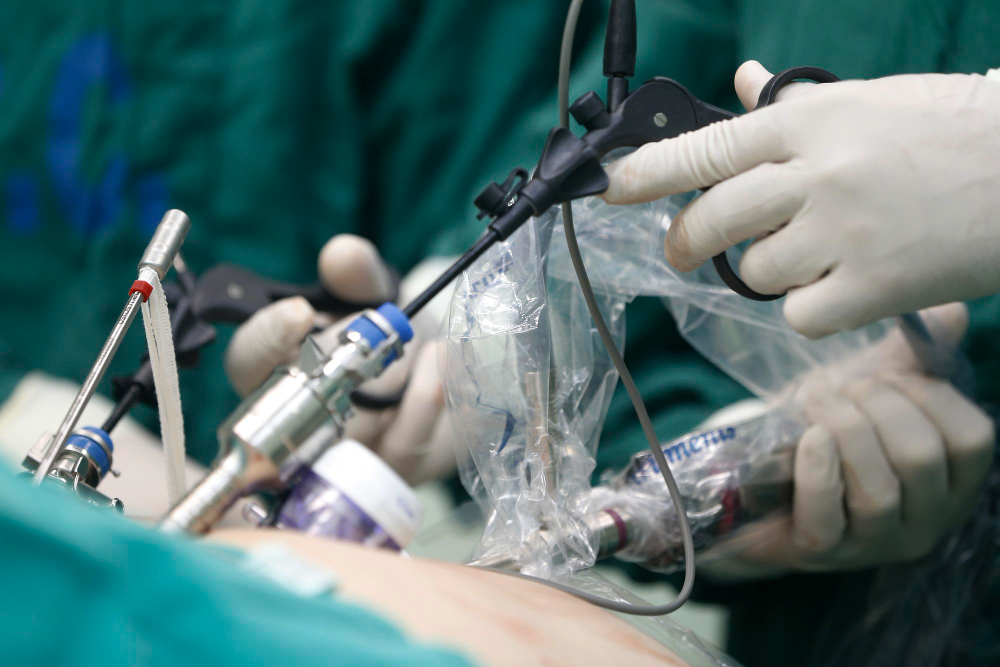Laparoscopic hernia repair is a type of minimally invasive hernia surgery. It uses small cuts and a camera to fix hernias. This method is popular because it often leads to faster hernia repair recovery and less pain. Many people choose laparoscopic surgery benefits, such as shorter hospital stays and quicker return to daily life. If you live in a busy city, you may find this option helpful for getting back to work sooner. Understanding how this surgery works can help you make informed choices about your health.
What Is Laparoscopic Hernia Repair?
A hernia happens when an organ or tissue pushes through a weak spot in the muscle. Laparoscopic hernia repair is a modern way to fix this problem. Instead of one large cut, doctors make a few small cuts. They use a thin tube with a camera, called a laparoscope, to see inside your body. Then, they use special tools to move the tissue back and place a mesh for support. This technique is less invasive than open surgery, which means less damage to your skin and muscles.
Common Symptoms and When to Seek Help
Hernias can cause different symptoms. Sometimes, you may notice a bulge or swelling in your belly or groin. Other times, you might feel pain, especially when lifting or bending. However, some hernias do not hurt at first. It is important to watch for these signs:
If you notice any of these symptoms, you should see a doctor soon. Early treatment can prevent serious problems. In cities like New York or Los Angeles, many clinics offer quick check-ups for hernia symptoms.
How the Procedure Works
First, your surgeon will give you anesthesia, so you do not feel pain. Next, they make a few small cuts in your belly. Through these cuts, they insert the laparoscope and other tools. The camera sends images to a screen, helping the surgeon see clearly. Then, the surgeon gently moves the hernia back into place. A mesh is placed over the weak spot to make it stronger. Finally, the cuts are closed with stitches or glue. Most people go home the same day or after one night in the hospital.
Benefits of Laparoscopic Hernia Repair
Laparoscopic hernia repair offers many advantages over open surgery. For example, you may heal faster and feel less pain. Here are some key benefits:
According to the World Health Organization (WHO), minimally invasive hernia surgery can reduce recovery time and improve patient comfort.
Risks and Considerations
Although laparoscopic hernia repair is safe for most people, every surgery has risks. You should talk to your doctor about these before deciding. Possible risks include:
However, most people recover well and do not have serious problems. Your surgeon will check your health and help you decide if this surgery is right for you.
Recovery and Aftercare Tips
After laparoscopic hernia repair, you can often go home the same day. Still, you need to follow some steps for a smooth recovery. Here are some helpful tips:
Most people return to work or school within one to two weeks. However, always check with your doctor before resuming normal activities.
Prevention and Lifestyle Guidance
While not all hernias can be prevented, you can lower your risk by making healthy choices. For instance, you can:
In addition, regular check-ups can help catch problems early. If you have a family history of hernias, let your doctor know. This way, you can take extra steps to protect your health.
For more details or if you have symptoms, consult a qualified surgeon for personalized advice on laparoscopic hernia repair.

